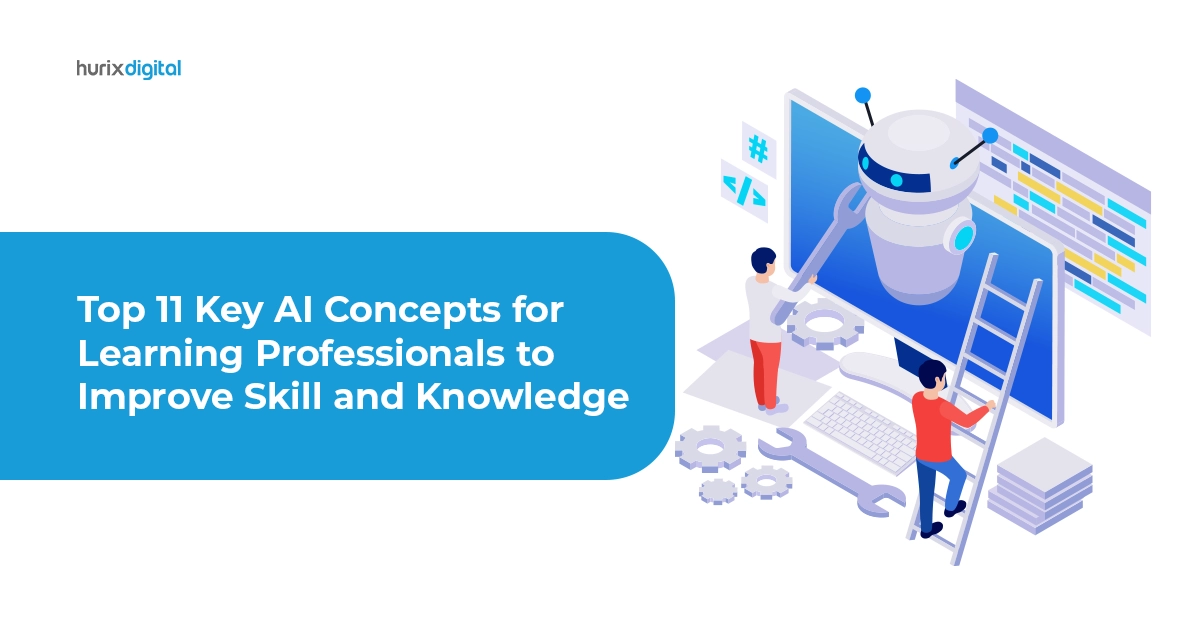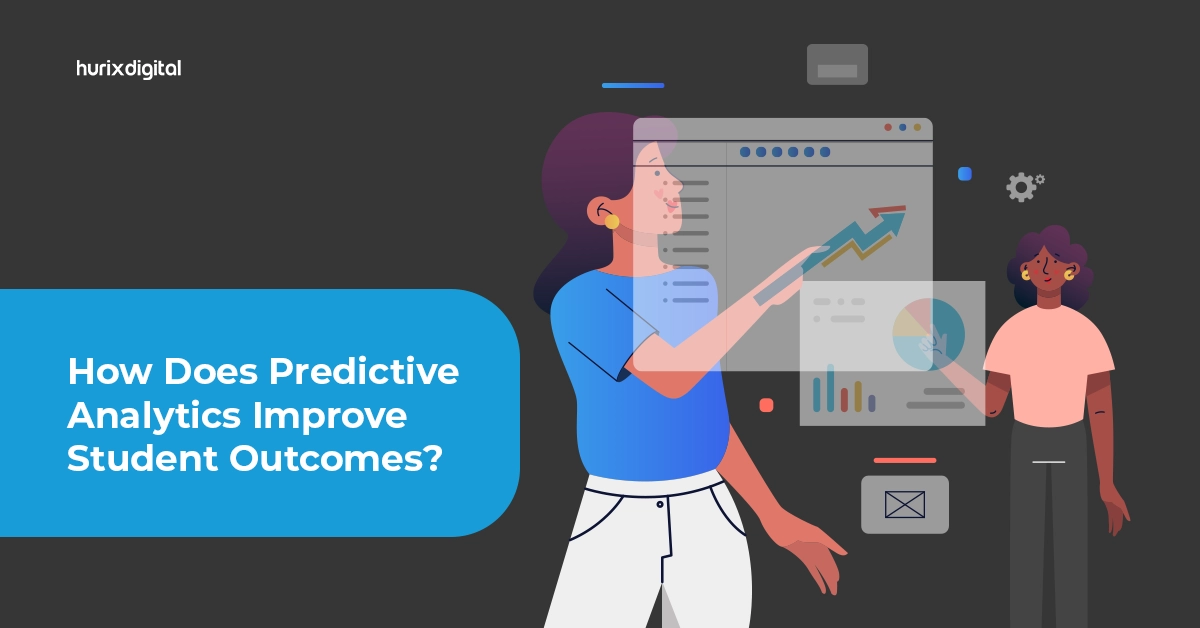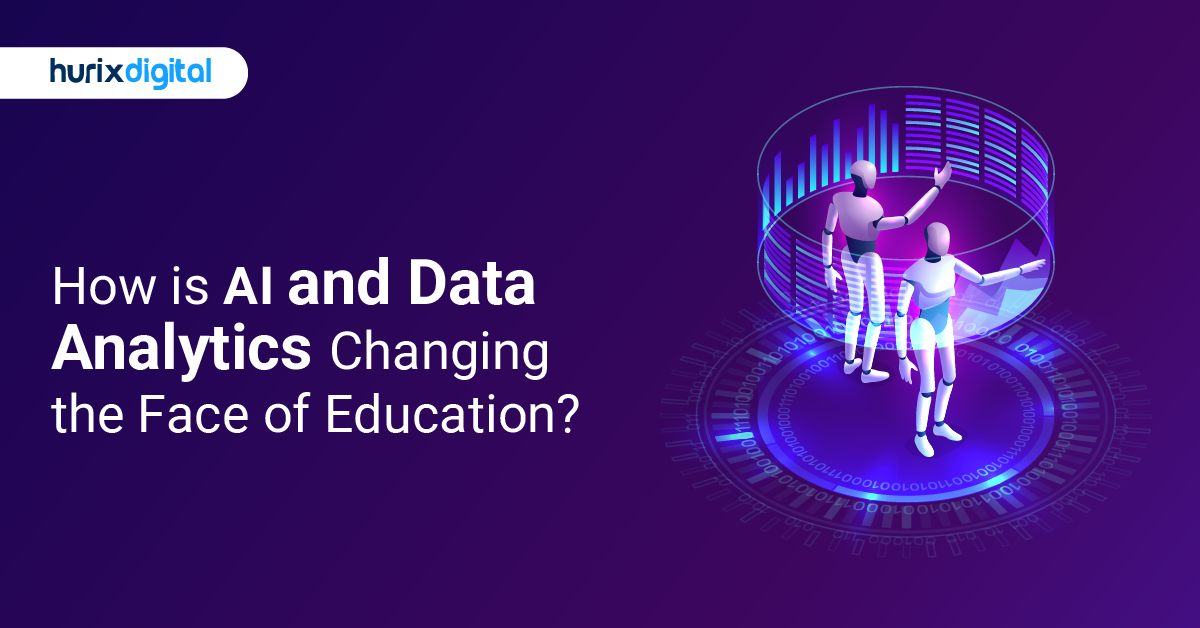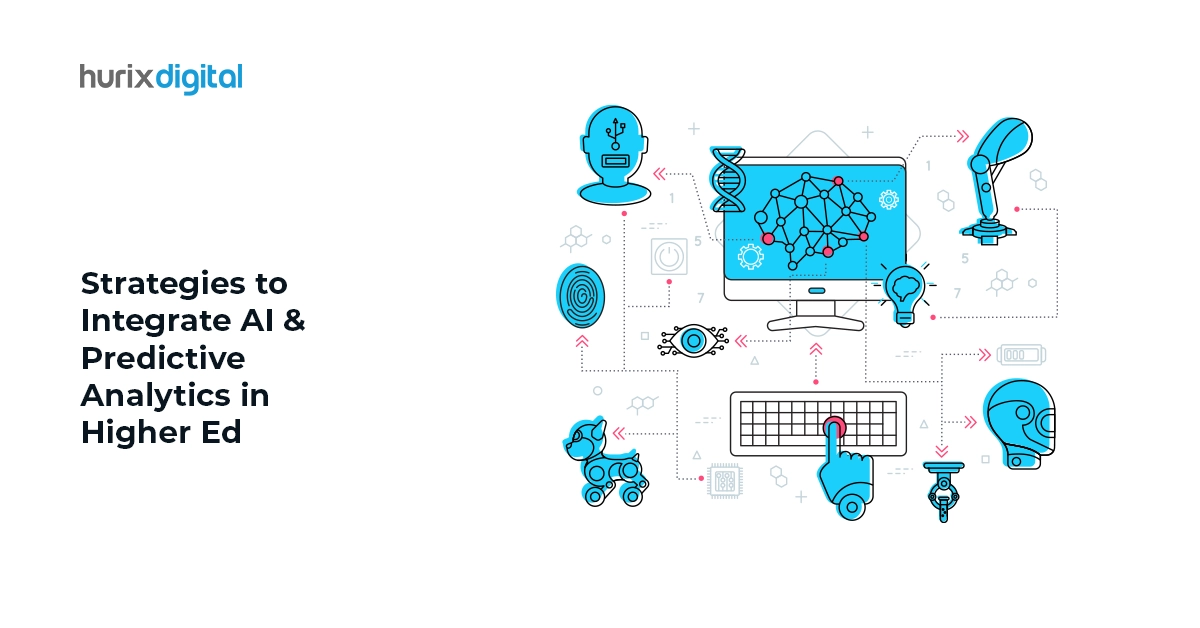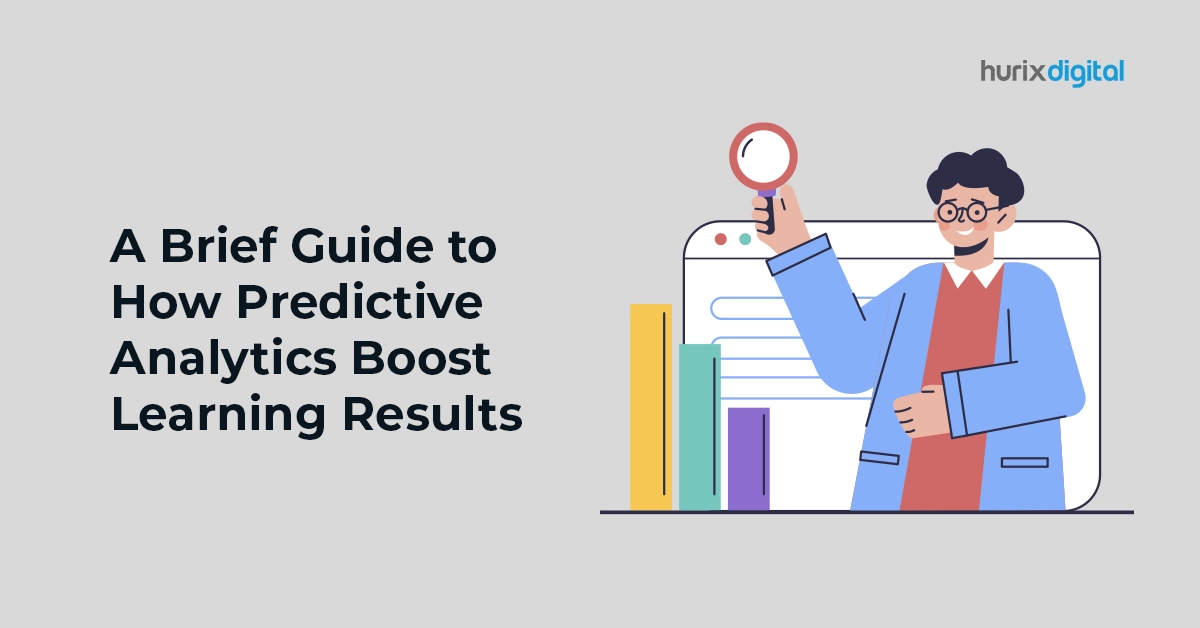
A Brief Guide to How Predictive Analytics Boost Learning Results
Summary
This article explores how predictive analytics enhances learning outcomes. It explains the use of data to predict student performance, personalize learning experiences, and improve educational strategies, ultimately leading to better academic results and more efficient learning processes.
Every college or university aspires to have students perform well, secure higher grades, and raise the institution’s learning standards. Superior learning outcomes have a domino effect. They drive up the organization’s reputation and enrollment rates, attract funding, and bring internship or placement opportunities.
The systematic use of data can help institutions achieve these goals effectively. For instance, the adoption of Artificial Intelligence (AI)-powered predictive analytics can help educators forecast and improve student performances.
By 2032, the global predictive analytics market share is estimated to grow from just $18.02 billion in 2024 to $95.30 billion. In this blog, we deconstruct predictive analytics and its role in transforming the learning path of students.
Table of Contents:
- What is Predictive Analytics?
- Predictive Analytics in Education
- Impact of Predictive Analytics on Learning Outcomes
- Impact of Predictive Analytics
- In Conclusion
What is Predictive Analytics?
Traditional data processing tools tracked online activity and offered reports on past engagement behaviors and patterns. Based on the data, organizations could shape future goals. However, this approach was often more tactical than strategic due to its limited impact.
On the other hand, predictive analysis is an advanced form of analytics that leverages historical data, machine learning (ML) techniques, and statistical algorithms to help organizations forecast future outcomes.
The sheer number of permutations and combinations enabled by the algorithms empowers organizations to be prepared for the future. Organizations can forecast future performance in varied scenarios, in turn shaping future goals more strategically.
Predictive analytics is considered to be one of the top seven AI trends to revolutionize businesses in 2024. Organizations adept at leveraging AI predictive analytics are three times more likely to succeed in revenue development and boost revenues by up to 15%.
Also Read: Exploring the Benefits of Text-to-Speech Technology in Educational Settings
Predictive Analytics in Education
AI-predictive analytics has emerged as an effective tool in higher education institutions to drive superior learning outcomes. Here’s a snapshot of the methodology is applied:
Step 1: Data Collection
The type of data can comprise a mix of grades, student behaviors, and attendance records. Examples of student behaviors can include online engagement with learning resources, learning preferences, and patterns. This data is fed into the predictive modeling tool.
Step 2: Data Analysis
This data is processed with a diverse range of statistical methods and ML algorithms to help predict the performance of students under varying circumstances. The use of ML improves the accuracy of predictions, enhances the ability to analyze complex data sets, scales up the use of data, and automates the entire process. Thus, educational institutions can drive accurate results with limited manual interventions.
Step 3: Data Interpretation
The success of predictive analytics in big data lies in accurately interpreting data analysis. Accurate interpretation helps educators determine future steps to enhance learning outcomes and improve overall student performance. Educators can generate detailed reports that guide them to the next steps.
How Predictive Analytics Boosts Student Outcomes
The results of predictive analytics can be implemented in several ways to boost student outcomes. Here’s a snapshot of the implementation and its impact:
1. Early Identification and Support for At-Risk Students
Predictive analytics results help educators identify students who need additional support to help transform their learning trajectories.
These students can be provided with coaching, relevant learning resources, and practice material that enables mastery of areas where they need to improve. Challenges such as low attendance and engagement can be flagged early on and addressed.
2. Personalized Learning Paths
Educators can identify the unique needs and learning preferences of students and offer them personalized learning paths. The use of an AI-powered Learning Management System (LMS) comes with in-built predictive analytics capabilities.
This tool also helps automate the personalization of learning paths based on real-time reports. Learning paths can be continually customized based on the fluctuating proficiency levels of students.
3. Superior Curriculum Planning
Predictive analytics results provide educators with access to trends and students’ behaviors, which can, in turn, influence curriculum planning efforts.
For instance, if the results indicate that a majority of students perform poorly in certain subject areas, educators can realign the curriculum to focus on these areas.
4. Accurate Curation of Resources
Educators invest a significant amount of time and effort in the curation of mobile-first, online learning resources in several multimedia formats. When introducing new topics or reevaluating existing resources, educators can leverage the power of predictive analysis to identify formats that are working and subject areas that require more effective resources.
5. Enhanced Learning Methodologies
Educators can forecast the impact of current learning methodologies on the future performance of students. They can shift strategies, improvise, and add new approaches to learning various subjects.
For instance, learning and skill-building can be enhanced through the use of live simulations using Virtual Reality (VR) or the introduction of interactive eBooks as opposed to static text and image eBooks.
Impact of Predictive Analytics on Education
Here’s a summary of the top benefits:
1. Improved Student Outcomes
The effective use of ML and predictive analytics helps educators boost learning effectiveness and drive better student outcomes. They can track improvement, set new goals, and continue improvising learning strategies.
2. Data-Driven Decisions
They can make data-driven decisions about student learning, curriculum planning, allocation of resources, and additional support to students.
3. Cost-Effective Operations and Higher ROI
Educators can predict, plan, and allocate financial resources for learning improvement and curriculum development more strategically. They can drive higher return on investments (ROI) on operations as a result of superior predictive data analytics.
4. Enhanced Reputation and Improved Enrollment
As higher education institutions boost learning effectiveness and superior student outcomes, they can enjoy the benefits of an enhanced reputation in the education sector. This shift has a domino effect on future student enrollment, as well as engagement and retention of existing students.
Also Read: Can GPT-4 Revolutionize Education? Exploring the Pros and Cons
In Conclusion
Access to accurate predictive analytics can be transformative for educators and students if leveraged innovatively and efficiently. The adoption of a superior AI-powered LMS gives educators the tools to forecast student performance.
Based on findings, they can automate the design and delivery of personalized learning paths that are relevant, accessible, and engaging to diverse student needs.
Educators looking to adopt a data-driven solution to enhance student outcomes must leverage the benefits of technology to meet their goals. Hurix Digital is geared to support them in delivering on their goals. Our state-of-the-art Learning Management System is available both as a licensed version (one-time buy) and via a subscription model.
Get in touch with us to start a conversation.

Currently serving as the Vice President of Technology Delivery Operations at HurixDigital, a prominent global provider of digital content and technology solutions for publishers, corporations, and educational institutions. With over 16 years of experience spanning EdTech and various domains, I hold certification as a SCRUM Product Owner (CSPO). My expertise includes operations, finance, and adept people management skills.
